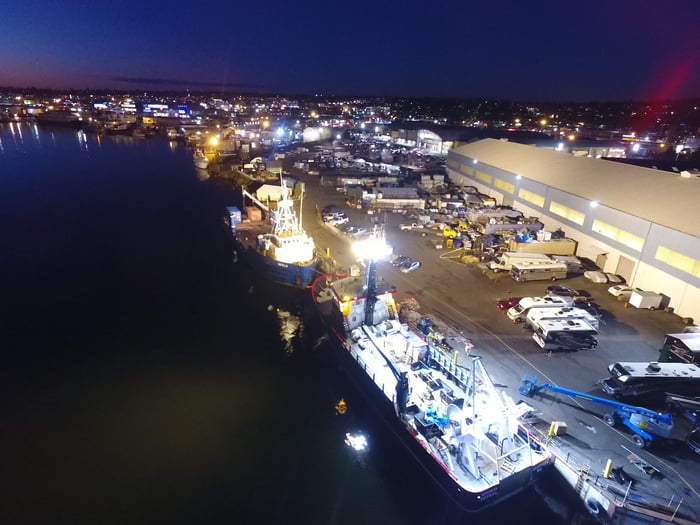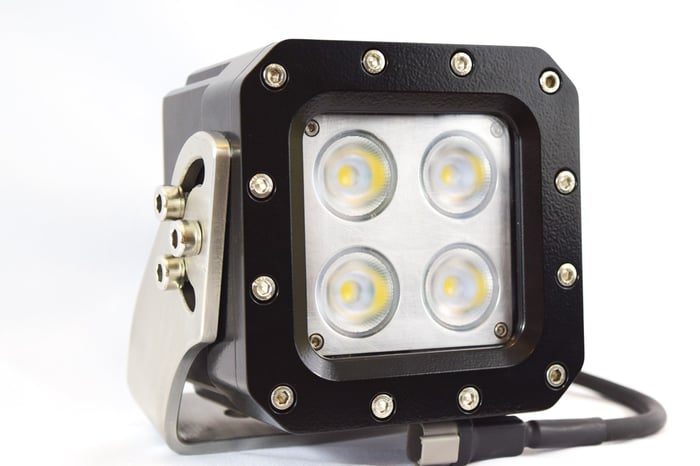Table of Contents
At almost every turn LED lighting and fixtures is coming to the forefront of lighting applications, bringing new definitions and specifications with every type of fixture. Once the key definition of light output was candlepower, wheras today with LED it is lumen. Lumen very simply, is a measurement of visible light produced by a light source, and ‘lumen’ is currently used as the metric by which we measure the performance of one LED fixture to that of another. Lumen, in and of itself, can and has been very misleading. A fixture of equal wattage that produces more lumen than another is naturally said to be more efficient. Lumen’s per watt then, is a measurement of this efficiency and is used by manufacturers to demonstrate their performance over other LED manufacturers. This makes comparison of fixtures across equal characteristics suggestably easier for the buyer to know what unit performs better: 120 lumen per watt is far more efficient than 100 lumen per watt – pretty straightforward!?
Rather, lumen data has become non-standardized, twilight zone of misinformation. There is no standard by ‘how’ LED lumens are measured. Many manufacturers use lumen numbers that come directly from the chip manufacturer and multiplied across the number of diodes they use in the fixture, and are not discounted for optic or lens loss, driver loss or thermal losses. This is analogous of measuring horsepower at the flywheel without the vehicle – it is misleading. All respectable LED manufacturers will have their fixtures tested to IES LM-79-08 from which they will have IES files to demonstrate the capability of the fixture to this ‘standard’.
Speaking within the Heavy-Duty LED manufacturers - a few years ago it was easy enough to determine quality-manufactured products by asking for the manufacturer's IES files, as most didn't have them. Previously, the value of an LED solution was premised on how well the fixture was marketed, rather than the data or experience the manufacturer or fixture had within the intended application /environment of the fixture. Today, almost every Heavy-Duty LED manufacturer has IES files - for those who don't . . . . caveat emptor. However, the current challenge in today’s tidal wave of LED manufactured products is the value of the IES file to that of their fixture. Many manufacturer's IES files are created in-house, not through an accredited NVLAP facility, meaning lumen can be any value the manufacturer wants it to be. Truly, claims of 125+ lumens per watt need to be scrutinized to understand who manufactures the diode (ie, Cree, Philips, Nichia, Seoul etc), the type (class) of diode the manufacturer is using and the bin type.
If it matters to you as the user and operator of an LED solution for maintenance reduction, product longevity, efficiency and having a safer, more reliable lighting solution, than knowing how the manufacturer derives their data should be important. Many manufacturer's of Work lighting for example solely use Raw lumen as their lumen value. Truly, the requirement for measuring and marketing lumen numbers should be universal across the industry based on ‘effective’ or ‘maintained’ lumen values which has been tested and accounted for thermal, driver and optical losses. If a manufacturer has IES files, produced by an accredited NVLAP and can provide its report, than you're good to go!
Interesting situation: A couple of years ago, one of our Rep firms provided us an opportunity for flood lighting of a 110’ Marine vessel. The owners of the vessel had purchased a competitor unit and our PX64 was introduced later into the build. When our Rep firm ran the IES file of our 300W PX64 against the competitors 240W marine fixture, the competitor was showing twice the foot candles on mid deck!? We were 100% sure this was impossible and offered to send both fixtures to an independent accredited NVLAP to measure output of both fixtures. We offered to pay for the test with anticipation they would opt for our PX64 once they learned the truth from the test. The customer declined the offer and we subsequently lost the opportunity. But the example raised flags with the distributor and owners, and we brought about awareness within the groups.
We want our customers to have what they feel is the best for their application and circumstances but we also want to do our best to ensure they understand how and what to purchase based on qualified data and manufacturer experience in developing Heavy-Duty LED fixtures for their application/ environments.
Please contact us with any questions!





